
Sustainability Efforts
Country: Vietnam
Explore sustainability efforts in Vietnam. The United States Environmental Protection Agency (“EPA”) said it well when they state:
“Sustainability is based on a simple principle: Everything that we need for our survival and well-being depends, either directly or indirectly, on our natural environment. To pursue sustainability is to create and maintain the conditions under which humans and nature can exist in productive harmony to support present and future generations.”
About Vietnam
Vietnam, located in Southeast Asia, is a country with a fascinating history and vibrant culture. It offers diverse landscapes, from bustling cities like Hanoi and Ho Chi Minh City to picturesque coastal regions and lush countryside. Vietnam is known for its delicious cuisine, friendly people, and UNESCO World Heritage sites such as Halong Bay and Hoi An. The country has experienced rapid economic growth in recent years, attracting tourists with its unique blend of tradition and modernity. Sustainability efforts in Vietnam will enhance the country’s future.
Sustainability Efforts
Toggle each button below to “open” and “close” the presented data.

1. Poverty: Vietnam has made significant progress in reducing poverty over the years. The government has implemented various poverty alleviation programs, such as the National Target Program for Sustainable Poverty Reduction and the Social Assistance Program. These initiatives have focused on improving access to education, healthcare, and livelihood opportunities for vulnerable populations. As a result, the poverty rate in Vietnam decreased from over 70% in the 1990s to around 5% in recent years.

2. Hunger: Vietnam has been successful in reducing hunger and improving food security. The government has implemented agricultural reforms, including the promotion of high-yield crops, investment in irrigation infrastructure, and the development of agricultural value chains. Additionally, social safety nets and targeted nutrition programs have been introduced to address the nutritional needs of vulnerable groups. As a result, the prevalence of undernourishment in Vietnam has significantly decreased, with less than 10% of the population experiencing hunger.

3. Healthcare: Vietnam has made substantial efforts to improve healthcare services and access. The government has prioritized the expansion of healthcare infrastructure, especially in rural areas, and the provision of essential healthcare services. Efforts have been made to enhance primary healthcare, maternal and child healthcare, and disease prevention and control. These initiatives have contributed to improvements in key health indicators, such as decreased child and maternal mortality rates and increased life expectancy.
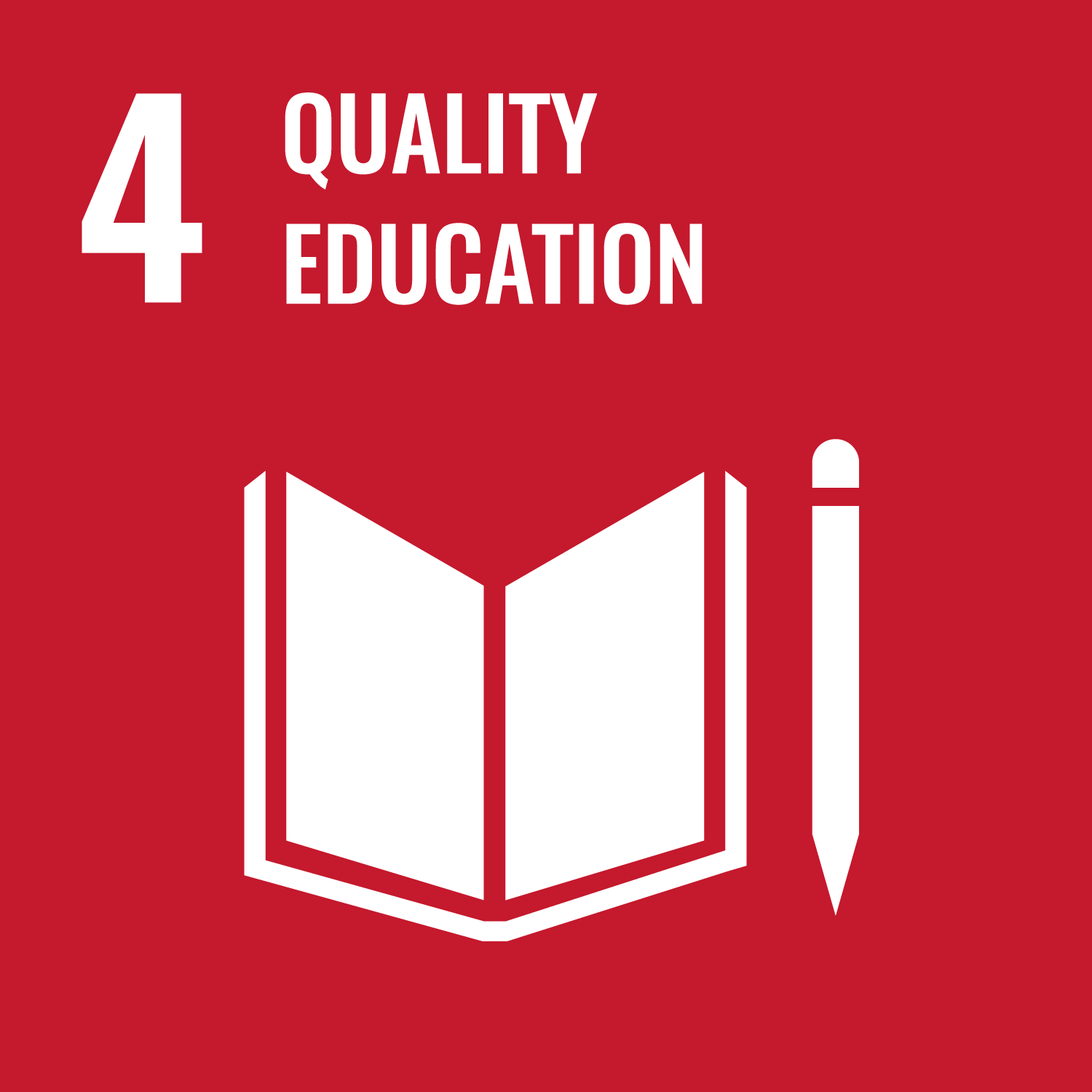
4. Education: Vietnam has prioritized education as a key driver of development. The government has implemented policies to increase access to education and improve its quality. Investments have been made in school infrastructure, teacher training, and curriculum development. Efforts have been made to enhance early childhood education, reduce dropout rates, and improve the overall education system. These initiatives have resulted in high literacy rates and significant improvements in educational outcomes.

5. Gender Equality: Vietnam has made substantial progress in promoting gender equality and empowering women. The government has enacted laws and policies to eliminate gender-based discrimination and promote women's rights and participation in all sectors of society. Initiatives have been implemented to increase women's access to education, healthcare, economic opportunities, and leadership roles. As a result, Vietnam has achieved gender parity in primary and secondary education, and women's representation in parliament and the workforce has significantly increased.

6. Clean Water Sanitation: Vietnam has prioritized clean water and sanitation to improve public health and well-being. The government has invested in water infrastructure projects, including the construction of water treatment plants, piped water systems, and sanitation facilities. Efforts have been made to ensure access to clean drinking water, particularly in rural areas. As a result, access to improved water sources has significantly increased, with approximately 95% of the population having access to improved drinking water sources in recent years.
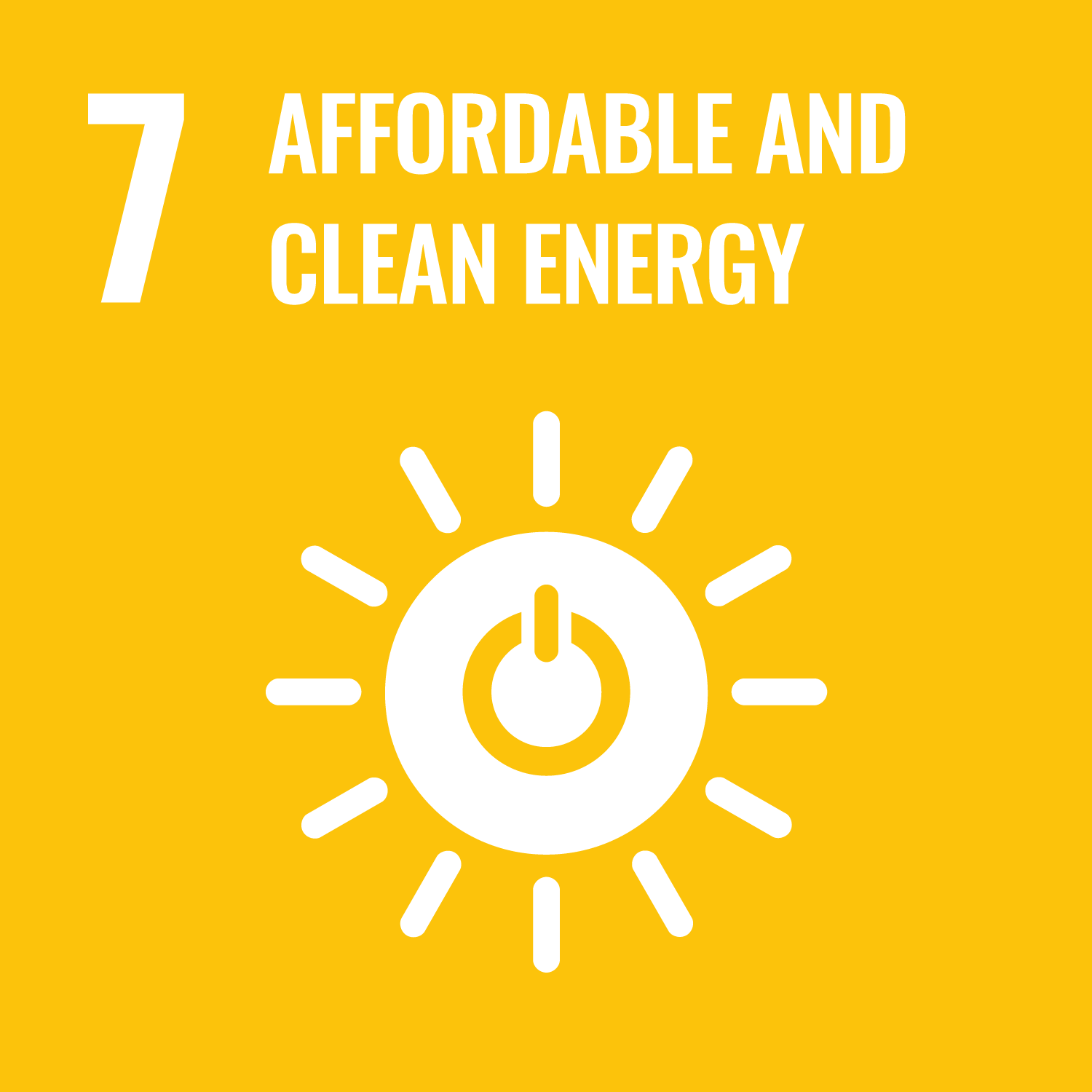
7. Affordable Clean Energy: Vietnam has been actively promoting affordable clean energy sources to address environmental challenges and meet growing energy demand. The government has introduced policies and incentives to attract investments in renewable energy, particularly in wind and solar power. Efforts have been made to increase the share of renewable energy in the national energy mix and improve energy efficiency. Vietnam has made significant progress in developing its renewable energy sector, with a substantial increase in installed capacity in recent years.
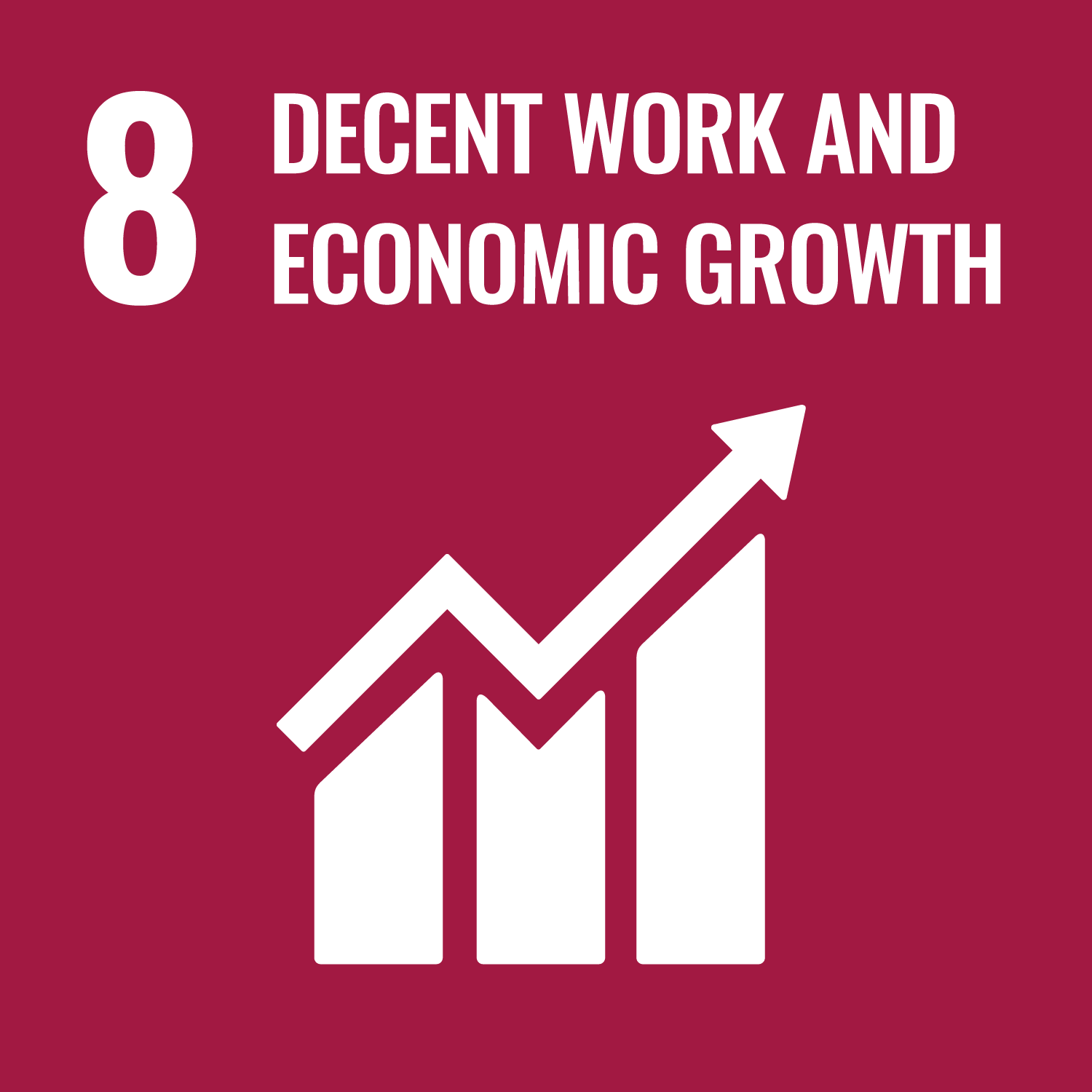
8. Economic Growth: Vietnam has experienced robust economic growth over the past decades. The government has implemented economic reforms to promote a market-oriented economy, attract foreign investment, and foster private sector development. Investments in infrastructure, manufacturing, and services have contributed to sustained economic growth. Vietnam's GDP has been consistently growing at an average rate of around 6-7% per year, making it one of the fastest-growing economies in the region.
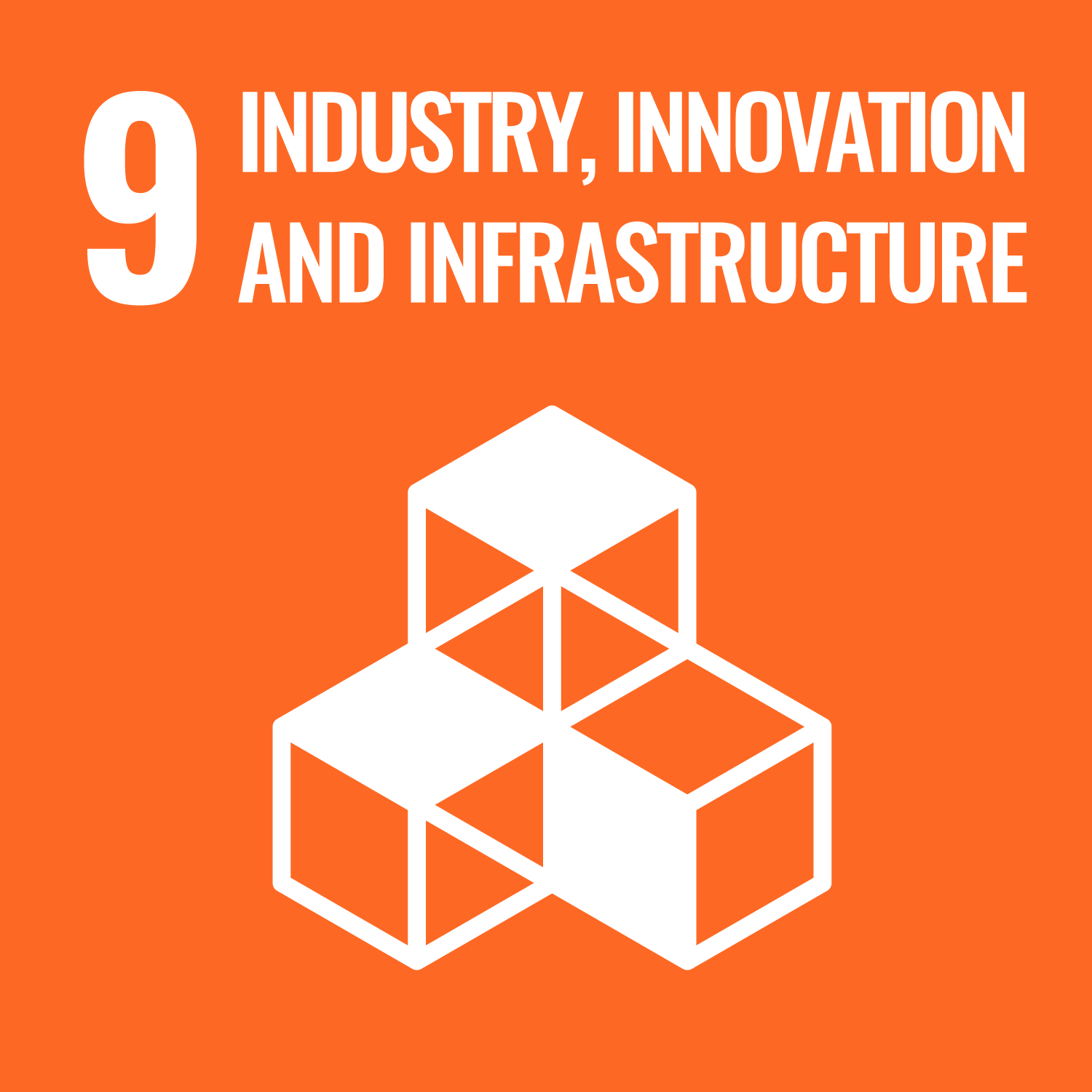
9. Industry Innovation: Vietnam has been actively promoting industry innovation to enhance productivity and competitiveness. The government has implemented policies to encourage research and development, foster technological adoption, and support innovation ecosystems. Efforts have been made to promote entrepreneurship, enhance industrial capabilities, and develop high-value industries such as information technology, electronics, and manufacturing. Vietnam has seen advancements in industry innovation, attracting investments and becoming a manufacturing hub for various sectors.

10. Reduced Inequalities: Vietnam has been striving to reduce inequalities in income, access to services, and opportunities. The government has implemented social protection programs targeting vulnerable groups, including cash transfer schemes, health insurance coverage, and social welfare initiatives. Efforts have been made to enhance regional development, improve infrastructure in disadvantaged areas, and provide equal opportunities for marginalized communities. These initiatives have contributed to a reduction in inequalities and an improvement in living standards for many Vietnamese.

11. Sustainable Cities: Vietnam has recognized the importance of sustainable cities and urban development. The government has implemented measures to improve urban planning, enhance transportation systems, and promote green spaces. Efforts have been made to address pollution, improve waste management, and create sustainable urban infrastructure. Vietnam has been actively promoting sustainable urban development practices, with cities like Hanoi and Ho Chi Minh City implementing initiatives to improve air quality and reduce environmental impact.

12. Responsible Consumption and Production: Vietnam has been promoting responsible consumption and production patterns to reduce environmental degradation. The government has implemented policies to encourage sustainable practices in various sectors, including agriculture, manufacturing, and tourism. Efforts have been made to promote resource efficiency, waste management, and eco-friendly production processes. Vietnam has also taken steps to raise awareness among consumers and businesses about sustainable consumption practices and the importance of environmental stewardship.

13. Climate Action: Vietnam is highly vulnerable to the impacts of climate change and has been actively taking climate action. The government has developed a National Climate Change Strategy and implemented programs to reduce greenhouse gas emissions, enhance climate resilience, and promote sustainable development. Efforts have been made to increase the use of renewable energy, improve energy efficiency, and implement climate adaptation measures. Vietnam has also been actively participating in international climate agreements and collaborations to address climate change.

14. Aquatic Environment: Vietnam has initiatives in place to protect its aquatic environment, including its rivers, lakes, and coastal areas. Efforts have been made to reduce pollution, regulate fishing practices, and conserve marine biodiversity. The government has implemented measures to promote sustainable aquaculture, protect critical habitats, and combat illegal fishing. Vietnam has established marine protected areas and implemented initiatives to raise awareness about the importance of preserving the aquatic environment.
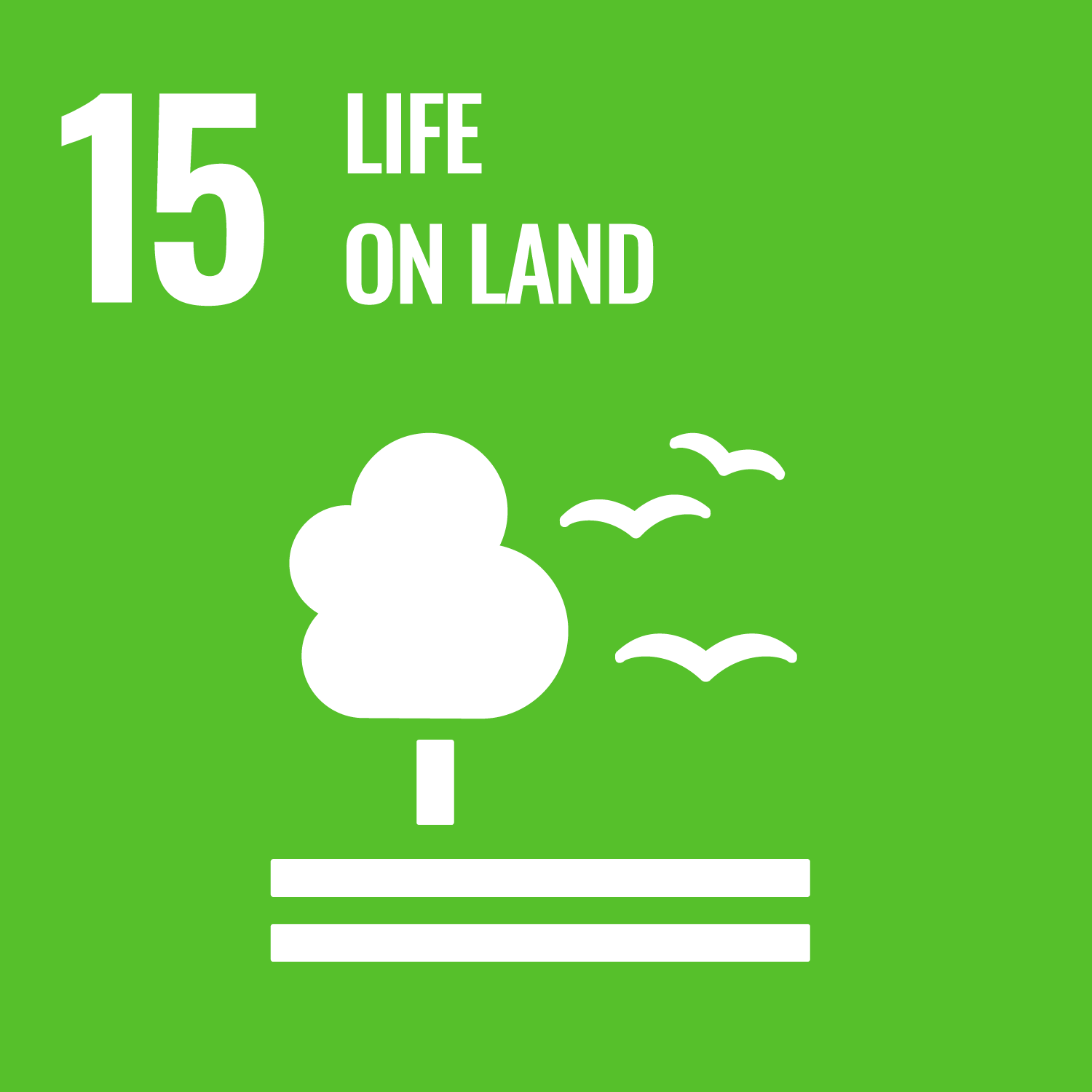
15. Natural Environment: Vietnam has recognized the significance of its natural environment and biodiversity conservation. The government has established national parks, nature reserves, and protected areas to safeguard ecosystems and wildlife. Efforts have been made to combat deforestation, promote reforestation, and protect endangered species. Vietnam has been actively involved in international conservation efforts and has made strides in preserving its natural environment, including the expansion of protected areas and the enforcement of conservation laws.

16. Peace and Justice Institutions: Vietnam has made efforts to strengthen peace and justice institutions. The government has implemented reforms to enhance the rule of law, promote human rights, and ensure access to justice for all citizens. Efforts have been made to address past human rights abuses, enhance judicial transparency, and strengthen legal frameworks. Vietnam has also engaged in international collaborations and treaties related to peace, justice, and human rights.

17. Partnerships for the Goals: Vietnam recognizes the importance of partnerships for achieving sustainable development goals. The government has actively engaged in partnerships with international organizations, civil society, and the private sector to foster collaboration and share best practices. Through these partnerships, Vietnam has received technical assistance, financial support, and knowledge exchange to address various development challenges and work towards achieving the Sustainable Development Goals.



